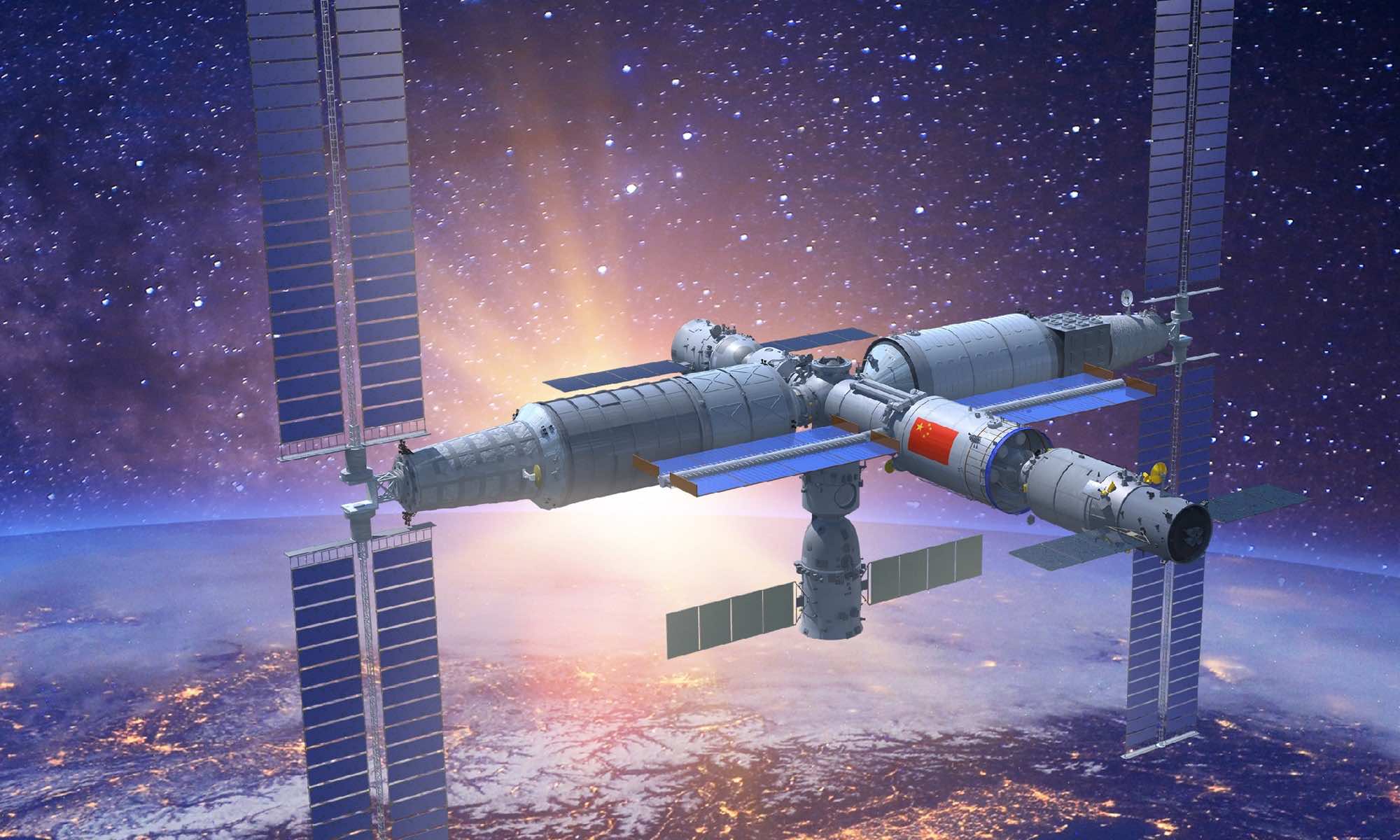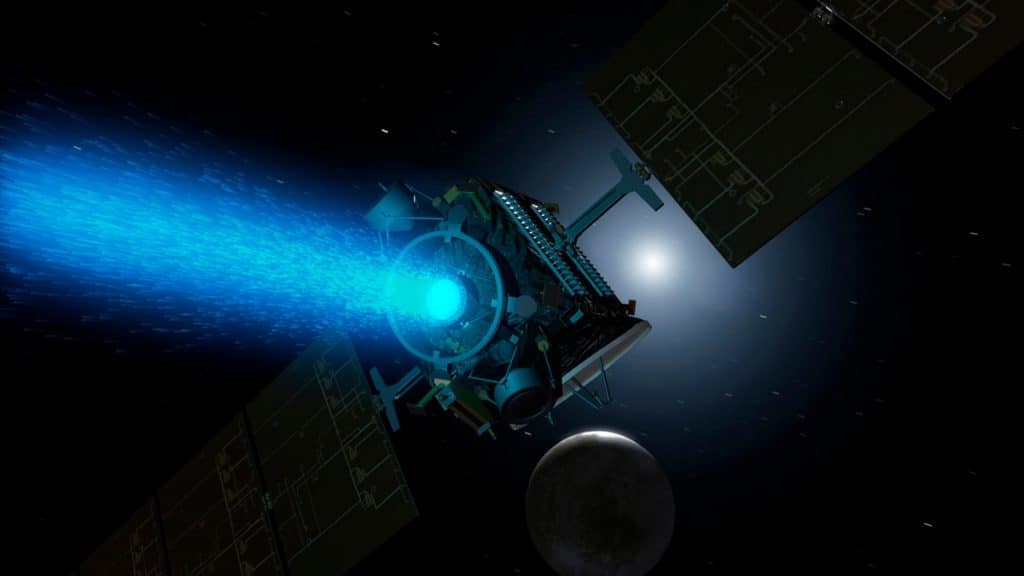China’s new Tiangong’s space station first module would create thrust by accelerating ions for boosted-up speeds.
The ion propulsion system is making its way back into space technologies and would play the role of power source for China’s newly built space station and the benefit of that would be a reduction of eight months journey to thirty-nine days.
It is not a new technology, instead has been used since the 1970s. However, it is for the first time in the history of space technology that it would be used in a crewed spaceship. Ion propulsion would aid the spacecraft for added energy efficiency, faster speeds, and would also make possible deeper space missions.

The core of the Chinese new space station is powered by four ion thrusters, and along with added benefits of speeds, the technology also offers cheaper flights using electricity to accelerate ions instead of burning tons of chemical fuel. Along with saving at operational costs, it would also bring down the weight of the first module. In Not requiring tons of fuel, the spacecraft would have ample space for more cargo and more astronauts.
Using ion thrusters is also found effective to work down on earth, however in limited capacities. When fired up, the ion flight emits blue fumes that are created by incredibly hot, electrically charged particles leaving the engine at speeds exceeding 30 times the speed of sound.
For your easy understanding, let us get into a figurative comparison of ion propulsion with chemical propulsion. As mentioned just above, the Chinese space module would be the first one packing the tech, leaves with the fact that the current International Space Station in orbit uses rocket fuel, and that too in hefty amounts a year. The ISS thrusters burn up to 8,000 pounds of rocket fuel per annum, and the Chinese space station in comparison would stay afloat using just 882 pounds of the fuel. Other than the low operational costs, ion propulsion technology would also have a positive impact on our environment with lesser burning of the rocket fuel for space ventures.

Ion propulsion not used widely in space technology up until now has its reasons. The engineers have faced limitations earlier on to incorporate the tech into more spacecrafts. China seems like going beyond those limitations to make full use of the technology to better explore what space and the outer world have to offer.


